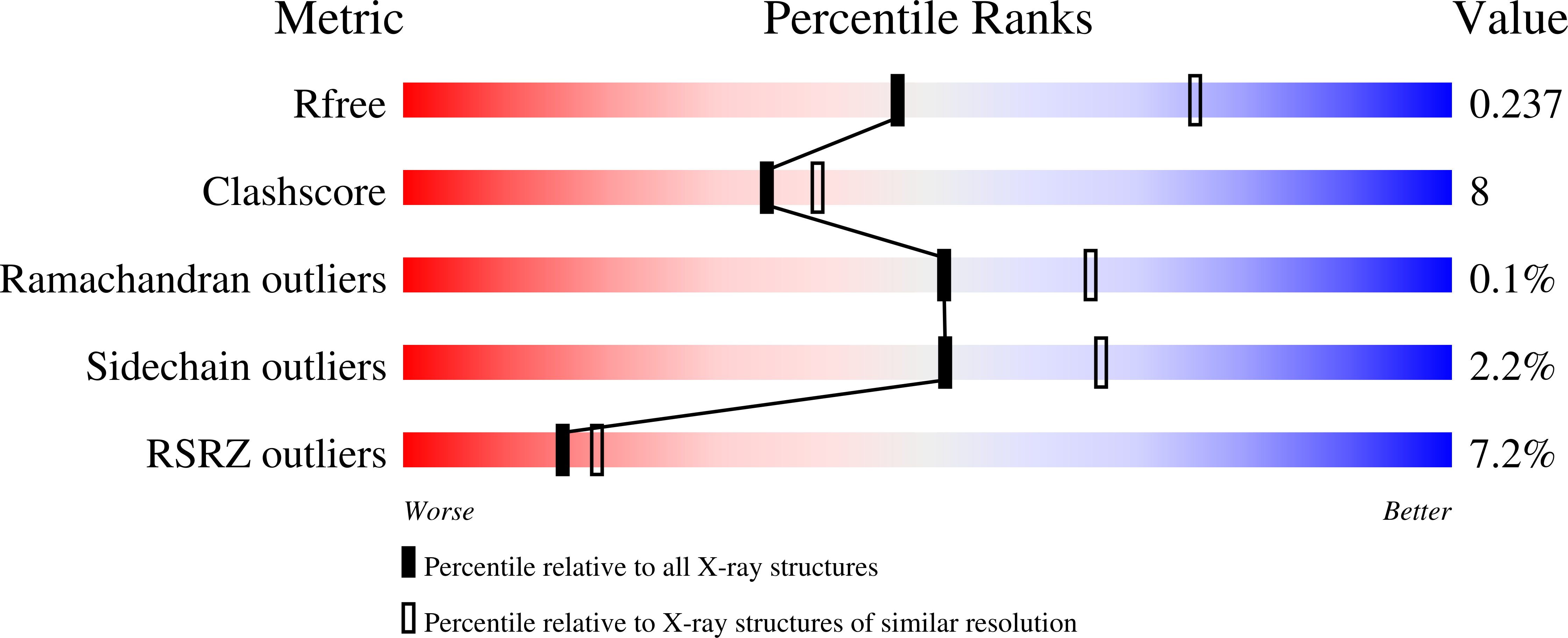
Deposition Date
2021-06-30
Release Date
2022-04-06
Last Version Date
2024-11-13
Entry Detail
PDB ID:
7P0X
Keywords:
Title:
Crystal structure of Thioredoxin reductase from Brugia Malayi
Biological Source:
Source Organism:
Brugia malayi (Taxon ID: 6279)
Host Organism:
Method Details:
Experimental Method:
Resolution:
2.55 Å
R-Value Free:
0.23
R-Value Work:
0.19
R-Value Observed:
0.19
Space Group:
C 2 2 21


